FREE NZ DELIVERY FOR ORDERS OVER $75

A Comprehensive Guide to Treating and Repairing Damaged Hair
We’ve all been there - split ends, dry strands, and that frustrating frizz that just won’t go away. Whether it’s from heat styling, colouring, or just the wear and tear of everyday life, hair damage happens to the best of us. But here’s the good news: damaged hair doesn’t have to be a lost cause. With the right care, a little patience, and professional-grade products, you can bring your hair back to life and keep it looking its best.
So, if you’re wondering how to treat damaged hair, you’ve come to the right place. In this guide, we’ll walk you through everything you need to know about repairing, treating, and preventing hair damage, with tips and product recommendations that will make a real difference.
Understanding Hair Damage
Before you can fix the problem, it’s important to understand what you’re dealing with. Hair damage comes in many forms, and it’s not always as obvious as a few split ends. Damage can occur at different levels of the hair shaft, from the cuticle (the outer layer) to the cortex (the inner core of your hair).
When your hair is damaged, you might notice rough texture, frizz, dryness, or even breakage. Over time, untreated damage can make your hair look dull and feel weak.
Some common signs of damaged hair include:
- Frizz and flyaways
- Split ends
- Dullness and lack of shine
- Rough texture and tangling
- Breakage and thinning
But don’t worry - damage doesn’t have to be permanent. With the right approach, you can repair and strengthen your hair to bring it back to its natural health!
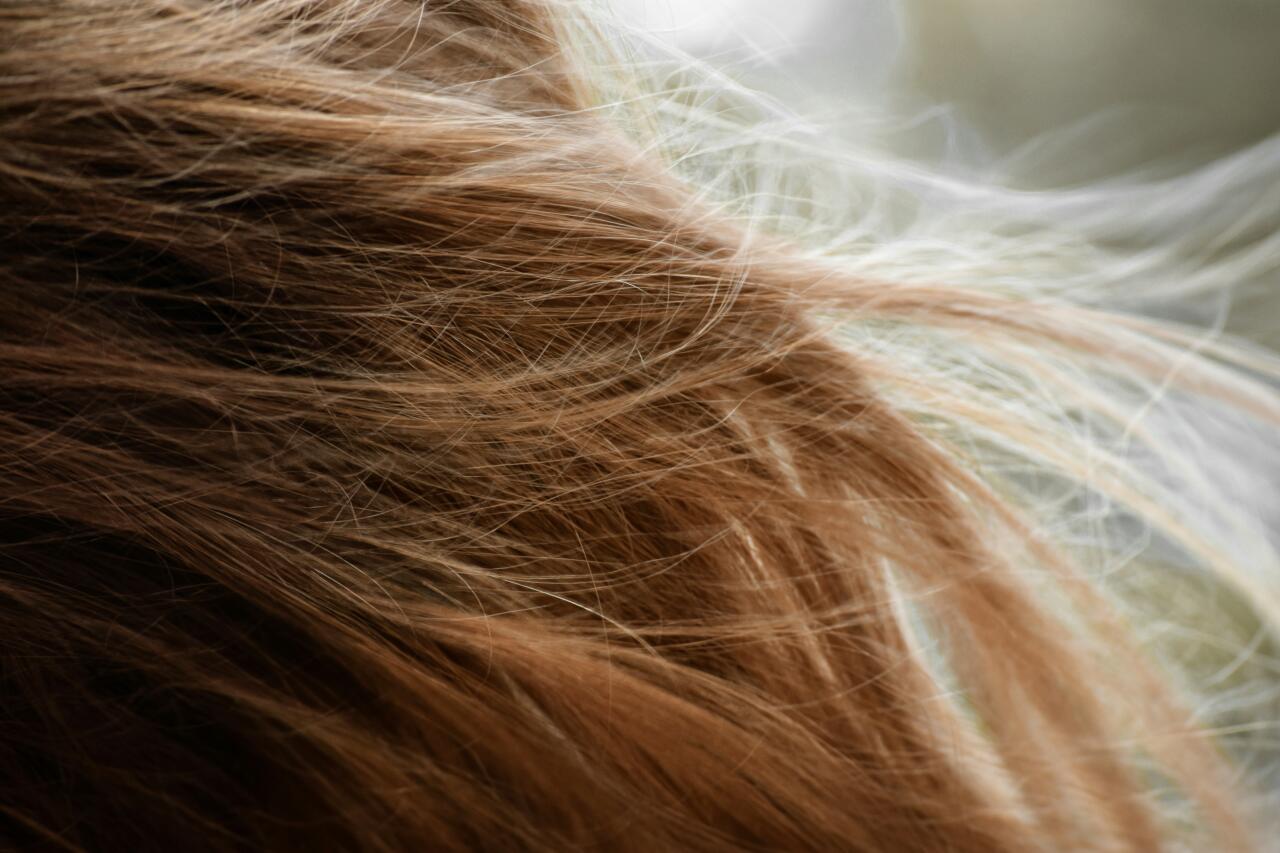
Common Causes of Hair Damage
Hair damage can happen for a variety of reasons, and sometimes, it’s a combination of factors that lead to dull, brittle, or frizzy strands. Let’s take a closer look at the main culprits behind hair damage and how to protect your hair from each one:
1. Heat Styling
Whether it’s straightening, curling, or blow-drying, using heat to style your hair can cause serious damage over time. High temperatures break down the protein bonds in your hair, which weakens the structure and strips your hair of its natural moisture. The result? Dry, brittle strands that are prone to split ends and breakage.
Keep Reading: What Causes Split Ends?
How to prevent heat damage:
- Always use a heat protectant spray, like Moroccanoil Perfect Defence, to shield your hair from extreme temperatures.
- Opt for tools with adjustable heat settings and use the lowest temperature necessary for your hair type.
- Give your hair a break by air-drying whenever possible and using heat tools sparingly.
2. Chemical Treatments
Chemical processes like dyeing, bleaching, perming, and relaxing can leave your hair feeling dry, weak, and fragile. These treatments work by breaking down the hair’s natural bonds to achieve the desired effect, but they also leave your hair more vulnerable to damage.
FAQ: Does dyeing your hair cause damage?
Yes, dyeing your hair - especially with permanent colour or bleach - can weaken your hair over time. However, you can minimise damage by using professional colour-safe products, like Pureology Strength Cure Shampoo and Conditioner, which is designed to protect and repair colour-treated hair.
How to protect chemically treated hair:
- Invest in bond-building treatments like Olaplex No. 3, which helps restore broken bonds caused by chemical treatments.
- Use shampoos and conditioners formulated specifically for colour-treated hair to maintain moisture and prevent further damage.
- Deep condition regularly to restore hydration and strength.
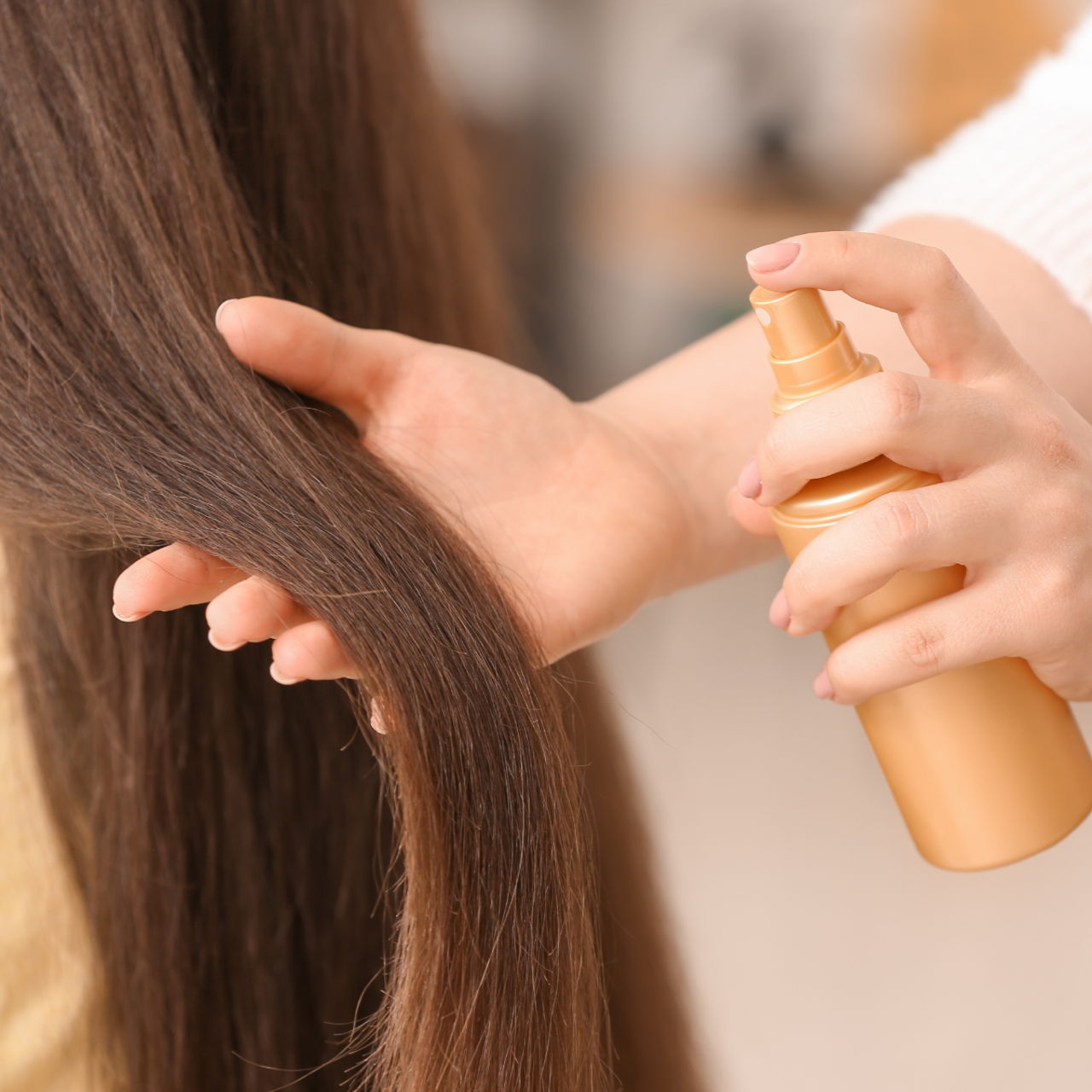
3. Mechanical Damage
Mechanical damage happens when hair is physically stressed, often by brushing, towel drying, or wearing tight hairstyles. Even everyday actions like brushing can cause hair strands to snap or break, especially if you’re doing it too roughly. Over time, this leads to split ends, breakage, and thinning.
How to prevent mechanical damage:
- Be gentle when brushing. Use a wide-tooth comb or a detangling brush, starting from the ends and working your way up to avoid pulling on tangles.
- Avoid tight hairstyles that put stress on your hair, like tight ponytails or braids. Opt for loose styles or use soft hair ties that won’t tug on your strands.
- Use a soft microfibre towel or cotton t-shirt to gently blot your hair dry, instead of rubbing it with a regular towel, which can cause friction and breakage.
4. Environmental Factors
Your hair is constantly exposed to the elements, and environmental factors like UV rays, pollution, humidity, and wind can all contribute to damage. Prolonged sun exposure can dry out your hair, fade your colour, and weaken the hair shaft, while pollution and wind can make your hair more prone to breakage.
How to protect your hair from environmental damage:
- Use a UV protectant product, like RPR Hold Me Forever or Pureology Lock It Down Hairspray, to shield your hair from sun damage and keep your colour vibrant.
- Wear a hat or scarf when you’re out in the sun for long periods.
- Rinse your hair after swimming to remove chlorine or saltwater, both of which can be damaging to your hair.
How to Repair Damaged Hair
Now that we’ve identified the causes of damage, it’s time to focus on repairing your hair and preventing further harm. While some types of damage can’t be entirely undone (like split ends), the right treatments and routines can help restore strength, moisture, and shine to your hair.
1. Deep Conditioning Treatments
Deep conditioning treatments are one of the best ways to nourish damaged hair. These treatments penetrate deep into the hair shaft, providing essential moisture and repairing the bonds within your hair. Products like Olaplex No. 3 Hair Perfector are designed to rebuild and strengthen broken bonds, leaving your hair softer and more resilient with regular use.
- How to use it: Apply the treatment to damp, towel-dried hair and leave it on for 10–30 minutes before rinsing it out. For extremely damaged hair, use a deep conditioning treatment 1–2 times per week until your hair starts to improve.
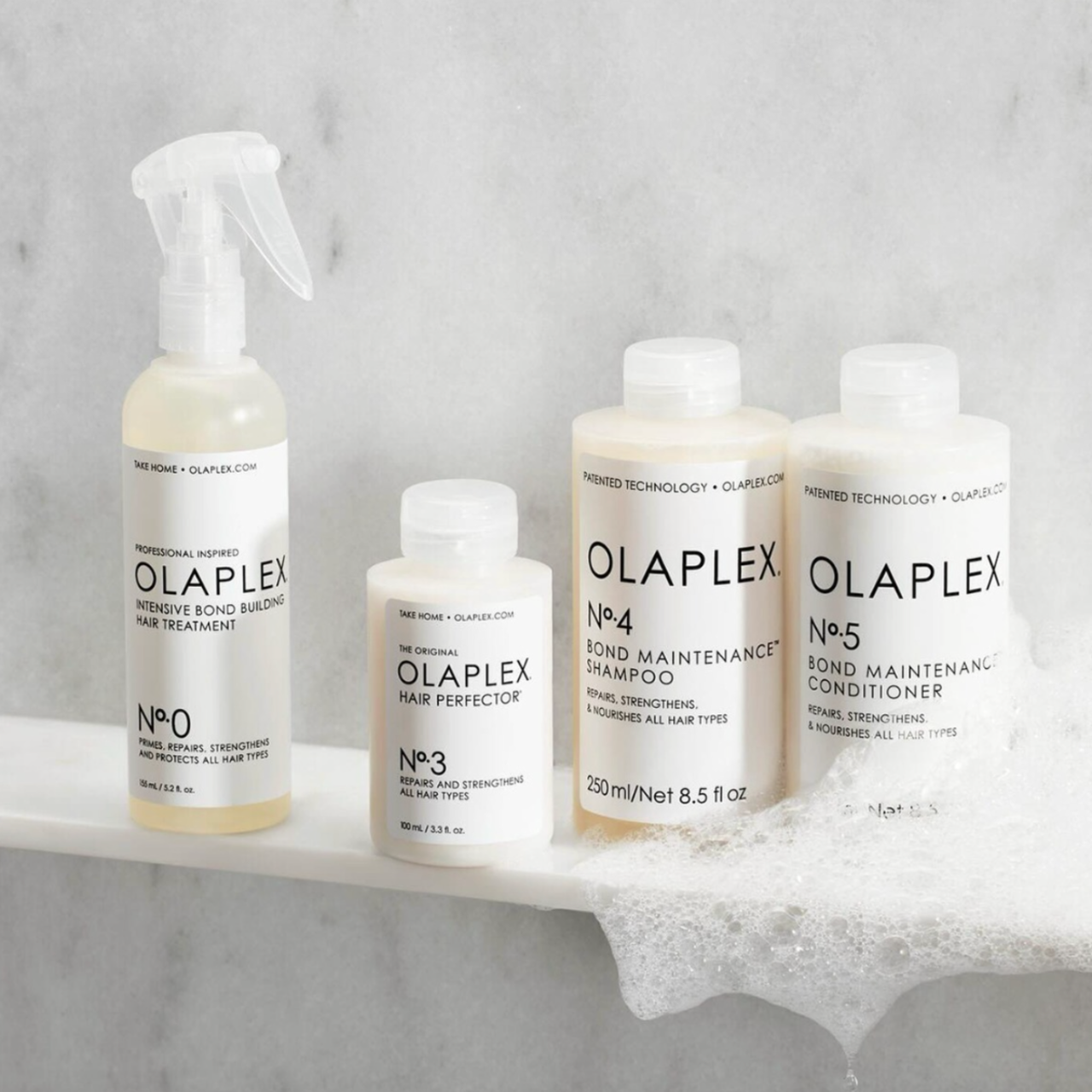
2. Use the Right Shampoo and Conditioner
While supermarket haircare brands might be convenient, they often contain ingredients that can strip your hair of moisture and worsen damage. To repair and maintain the health of your hair, invest in professional salon-grade products that are specially formulated to hydrate, strengthen, and protect your strands. Products like Pureology Hydrate Shampoo and Conditioner are perfect for restoring moisture to dry, damaged hair.
- Why professional products? These shampoos and conditioners contain higher-quality ingredients, are sulphate-free, and are designed to nourish your hair rather than just clean it.
Read More: Should You Use a Sulphate-Free Shampoo?
3. Cut Down on Heat Styling
As we mentioned earlier, heat is a major culprit of hair damage. To repair your hair, give it a break from daily blow-drying, straightening, or curling. Air-drying is a great alternative for a healthier, low-maintenance look.
- When you do need to use heat styling tools, make sure to protect your hair by using a low heat setting and applying a heat protectant spray. This product creates a barrier between your hair and the heat, reducing the risk of further damage. We have a wide range of professional, salon-grade heat protection products - go have a look!
4. Hydration is Key
Keeping your hair hydrated is essential to repairing damage. Dry hair is more likely to break, so using moisturising products is a must. Opt for shampoos and conditioners that are designed to hydrate and strengthen, such as Pureology's Hydrate Shampoo and Conditioner. These products work together to replenish moisture and lock in hydration, leaving your hair softer, shinier, and more manageable.
- For an extra boost of moisture, try leave-in conditioners or hair masks to keep your hair hydrated throughout the week.
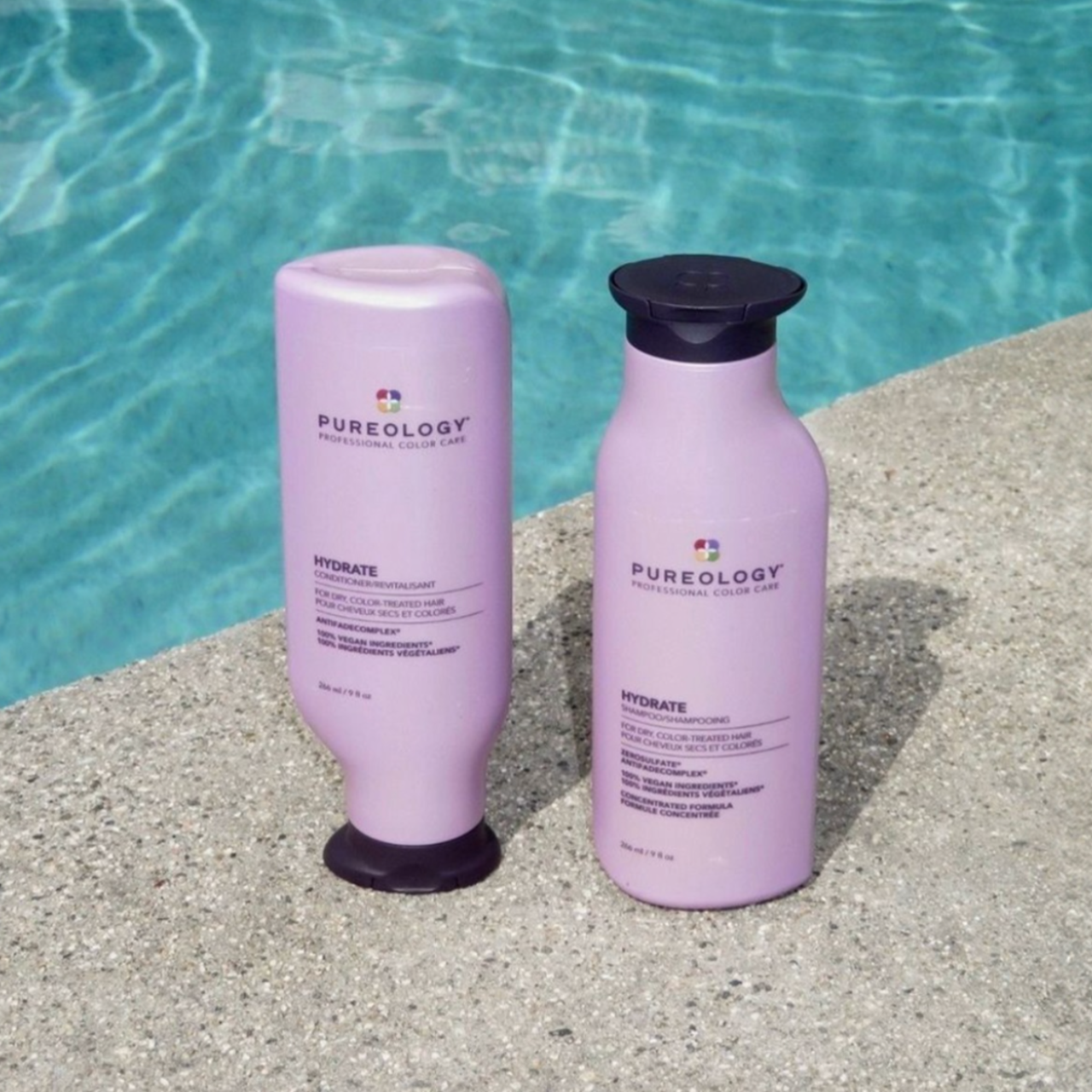
5. Promote Hair Bond Health
Hair bonds are the foundation of strong, healthy hair. When they’re damaged by heat, chemicals, or environmental factors, your hair becomes weak and prone to breakage. Products like Olaplex No. 0 and No. 7 are specifically designed to rebuild and strengthen these broken bonds, helping to restore hair health from the inside out.
- Incorporating a bond-repair treatment into your routine will help protect your hair from future damage and keep it looking and feeling stronger.
6. Treat Wet Hair with Care
Wet hair is more fragile and prone to breakage, so it’s important to handle it gently. Avoid rough towel-drying or vigorous brushing, as this can lead to mechanical damage. Instead, blot your hair dry with a soft microfibre towel or an old t-shirt, and use a wide-tooth comb to detangle your hair without pulling.
- Pro Tip: Apply a leave-in conditioner to damp hair to help detangle and protect it from damage as it dries.
7. Trimming Split Ends
Although you can’t fully “repair” split ends, regular trims are the best way to prevent them from spreading further up the hair shaft. Split ends make your hair look frizzy and unkempt, so snipping them off will keep your hair looking fresh and healthy. A trim every 6–8 weeks can make a huge difference in maintaining the overall health of your hair.
This can be especially challenging for those of us trying to grow our hair, and you might feel like you're not getting anywhere by having to trim regularly. However, by caring for your hair properly and using the right products, you can help prevent split ends from occurring in the first place, allowing you to stretch out your visits to the salon. A win-win!
Common Myths About Hair Damage
When it comes to damaged hair, there’s no shortage of myths and misconceptions floating around. To help set the record straight, let’s debunk a few common myths:
1. Myth: Dry Shampoo Causes Damage
Dry shampoo itself doesn’t cause damage, but overuse can lead to product build-up, which weakens hair over time. If your scalp isn’t cleaned regularly, the build-up can clog hair follicles and contribute to breakage or thinning. The key is to use dry shampoo in moderation and incorporate regular washes into your routine.
Related: How Often Should You Wash Your Hair?
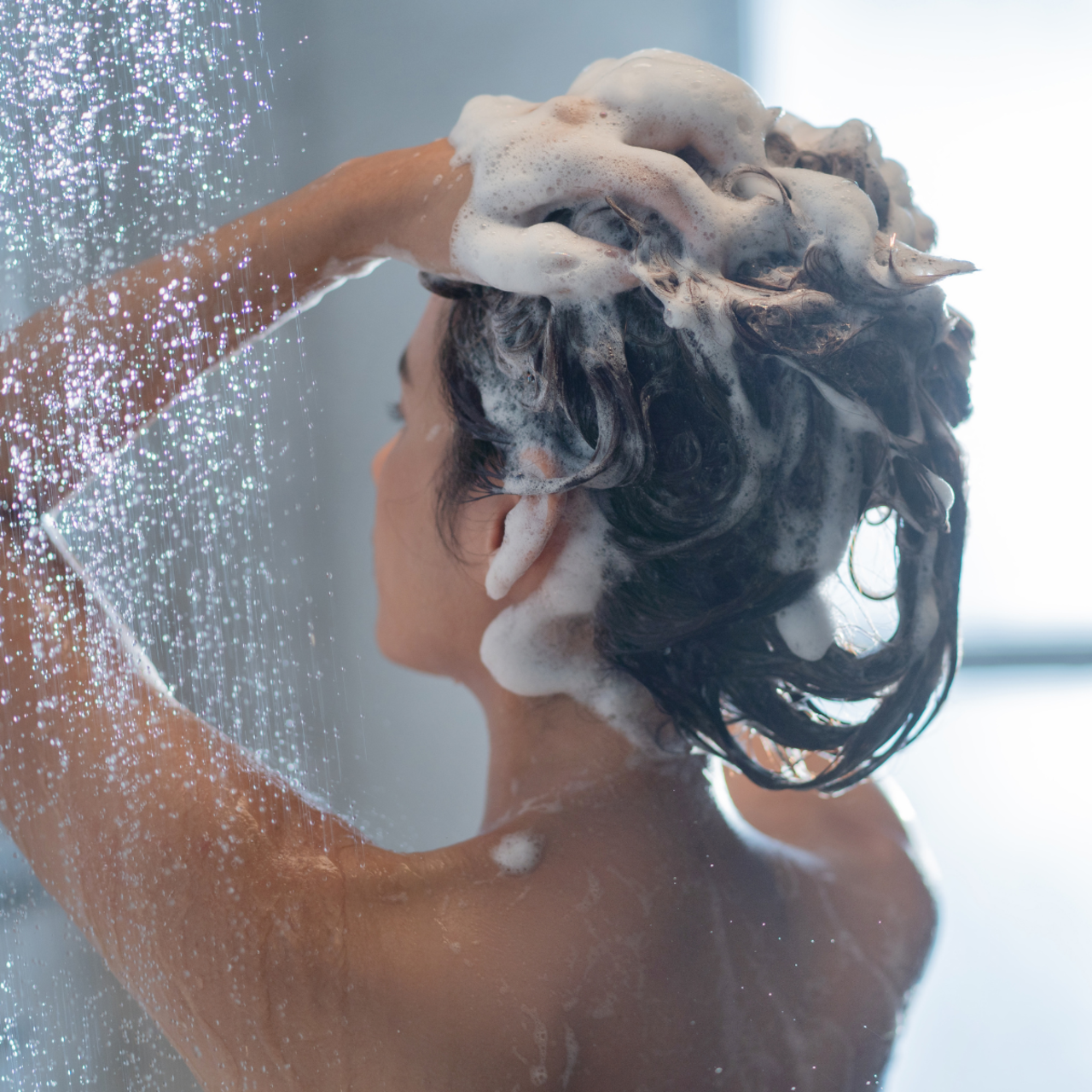
2. Myth: Damaged Hair Follicles Can Repair Themselves
Unfortunately, once a hair follicle is damaged, it can’t repair itself. However, the good news is that you can promote healthy hair growth by maintaining a healthy scalp and using products that stimulate the follicles. Treatments like Moroccanoil Scalp Treatment can help maintain scalp health, which in turn supports stronger, healthier hair growth.
3. Myth: Blow-Drying on a Cold Setting Damages Hair
While blow-drying your hair on a cold setting isn’t entirely damage-free, it’s much gentler than using high heat. Cold air helps to lock in moisture and seal the hair cuticle, reducing frizz and breakage. However, it’s important to avoid rough brushing while blow-drying, as this can still cause mechanical damage to wet hair.
4. Myth: Hair Toners Cause Damage
Hair toners, when used correctly, don’t cause damage - they actually help neutralise brassy tones and keep your colour looking fresh. However, overuse of toners or leaving them on too long can lead to dryness. To avoid this, be sure to follow the instructions on your toner and use moisturising shampoo and conditioner like Pureology Strength Cure to maintain hydration.
5. Myth: Coconut Oil Can Repair Damaged Hair
While coconut oil is great for adding moisture and shine to your hair, it doesn’t actually “repair” damage. It’s a fantastic ingredient for keeping your hair nourished and preventing further damage, but it won’t rebuild broken bonds in the hair. For true repair, products like Olaplex No. 3 Hair Perfector are far more effective at addressing structural damage.
Take Care of Your Hair!
Dealing with damaged hair can feel overwhelming, but with the right approach, it’s entirely possible to repair and protect your hair from further harm. Whether the damage comes from heat, chemicals, or mechanical stress, using professional-grade products and practicing good haircare habits are key to restoring your hair’s strength, shine, and overall health.
At Holy Grail Haircare, we’re proud to offer a wide range of salon-quality products designed to help you treat and repair damaged hair from the comfort of your home. From Olaplex for bond-building repair to Pureology for hydration and strength, our expert-recommended products provide the care your hair needs to look and feel its best.
Explore our full range of professional treatment products for damaged hair and discover the difference that high-quality haircare can make.
Our Recommendations 💛
![Moroccanoil Perfect Defense [225ml]](https://static.holygrailhaircare.co.nz/img/products/sm/hcm41534.jpg)
![Pureology Strength Cure Shampoo [266ml]](https://static.holygrailhaircare.co.nz/img/products/sm/pyp1861700.jpg)
![Olaplex No.3 Hair Perfector Treatment [100ml]](https://static.holygrailhaircare.co.nz/img/products/sm/ola62130.jpg)
![Olaplex No.3 Jumbo Hair Perfector [250ml]](https://static.holygrailhaircare.co.nz/img/products/sm/ola62132.jpg)
![Olaplex No.0 Intense Bond Building Treatment [155ml]](https://static.holygrailhaircare.co.nz/img/products/sm/ola62120.jpg)
![Olaplex No.7 Bonding Oil [30ml]](https://static.holygrailhaircare.co.nz/img/products/sm/ola62190.jpg)
![Pureology Lock It Down Hairspray [312gm]](https://static.holygrailhaircare.co.nz/img/products/sm/pyp1869500.jpg)
![RPR Hold Me Forever [250ml]](https://static.holygrailhaircare.co.nz/img/products/sm/rpr7023.jpg)
![Moroccanoil Dry Scalp Treatment [45ml]](https://static.holygrailhaircare.co.nz/img/products/sm/hcm42300.jpg)





